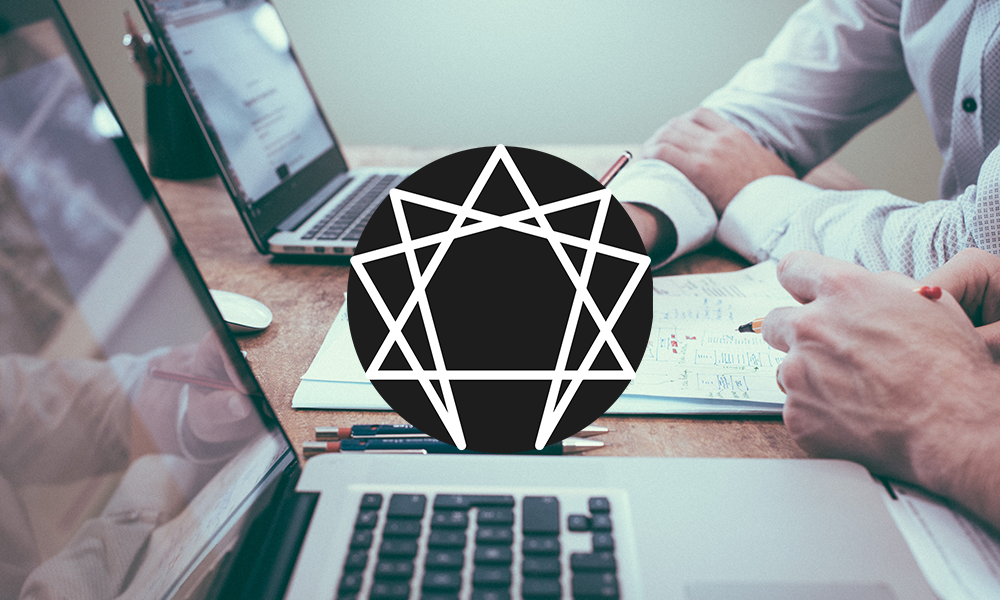

Leadership is an example of, and exercise in, good authority. Leadership is the ability to attract quality people, the key to which is becoming a person of integrity yourself: from character to collaboration.
Leaders don’t just micro-manage, they motivate by creating a vision of the future and building a team to deliver together. Leaders innovate and inspire – they do not impose. They dialogue and delegate; they do not dictate. They see obstacles as opportunities. Leaders are proactive and purposeful. They harness hope and possess the charismatic capacity to translate ideas into reality, aspirations into action. Leaders are lifelong learners, always open to and optimistic about new challenges. The real aim of a true leader is to produce more leaders, not more followers.
Some leaders lead from top down (dictatorial), others from bottom up (grassroots, direct democracy), and there are those rare few who lead from inside out (from their ethical core and character). It is the third group who really make a difference in the world. They lead with consciousness, creativity, and compassion rather than with control and command, paying as much attention to ethics as to enterprise. They think on their feet but act from the harmony of heart as well as head.
Leadership is ultimately about legacy to a life of excellence. Real leaders trailblaze and transform by transcending narrow, narcissistic interests. They see the bigger picture and teach us to do the same. They look at life through the long lens and don’t sweat the small stuff. Leadership is more about who I am as a person rather than what I do as a professional.
Discover the laws and lessons of leadership – the skills and secrets – that have influenced:
Plus:
‘A leader is one who knows the way, goes the way, and shows the way’, John C. Maxwell

Teambuilding is collaborative activity which improves interpersonal relations within a company. It facilitates goal setting, role-playing, action planning, and problem-solving. This event focuses on a three-pronged approach: Plato’s famous ‘Parable of the Cave’ which charts an inward journey, ‘The Hero’s Journey’ which plots an external path (its twelve stages consist of work-life principles embedded in the structure of stories), while Pinocchio symbolically demonstrates the process involved in becoming an authentic person/leader/manager/employee/employer.
Who is this for?
Any company or organisation planning to stage an onsite (only) teambuilding event.
Content
Format: power-point talk, experiential exercises, drawing, group-work, and discussion.
‘If I have seen further, it is by standing on the shoulders of giants’, Isaac Newton

Format: power-point presentation, group and pair-work, discussion, quizzes, games, movie clips, exercises. Aims to be enjoyable and illuminative.
‘None of us is as smart as all of us’, Ken Blanchard

Decisions, decisions. They besiege and bombard us, pulling and pushing us as we’re driven and drawn in different directions. Choices confront us daily making us react hastily or hesitantly rather than responding with resolve. We might flip a coin: heads or tails? But decisions are far too important to be left to chance. They impact on virtually every aspect of our lives. If good decisions benefit us in a myriad manner of ways, poor decision-making does untold damage. Mistakes can be costly. Good decision-making is about confidence not certainty. It combines will with skill. We need an approach to decision-making which will enable us to discern well and choose wisely so that we make not only good but great decisions.
Content
‘Nothing is more difficult, and therefore more precious, than to be able to decide’, Napoleon Bonaparte
‘In any moment of decision, the best thing you can do is the right thing, the next best thing is the wrong thing, and the worst thing you can do is nothing’, Theodore Roosevelt

What is the secret of being able to communicate with clarity and convince with credibility? Are there techniques, tools, or tricks that can be taught? The answer is: YES. The Art of Persuasion was refined more than 2,000 years ago in ancient Greece. The ancient philosophers Socrates, Plato, and Aristotle taught rhetoric and dialectic. Effective communication skills and strategies are the key to success in preparing a presentation, delivering a speech, negotiating a business deal, writing an essay, winning an argument, or advertising and selling a product.
Content
‘The deepest level of communication is not communication, but communion’, Thomas Merton

A ‘3D’ model of wellness is offered, one in which due attention is given to body, mind, and heart. Existential/holistic health is based on wholeness.
Content
‘Those who have a “why” to live for, can bear with almost any “how”’, Viktor Frankl

A meaning-centred and purpose-oriented workforce contributes substantially to the wealth and wellness of an organization. The ‘will-to-meaning’ is the single most sustainable factor for long-term business success. The sources of meaning at work are found at three levels, which need to be aligned: individual, organizational, and societal. So, meaningful work will be individually satisfying, organizationally productive, and socially beneficial. There are three main ways we find meaning in life and work: through what we give to the world (creations), through what we receive from the world (experiences), and our attitude to the world – the stance/stand we adopt (mindset).
We explore seven profound and practical principles deriving from the pioneering work of Viktor Frankl as applied to the world of work.
Format: a power-point talk, group-work and discussion, meditation, existential exercises, and journalling.
‘Work usually represents the area in which the individual’s uniqueness stands in relation to society and thus acquires meaning and value’, Viktor Frankl
‘There are only three things you need to run a successful business – integrity, intelligence, and energy – you don’t want people with only the last two’, Warren Buffett

Stress is a silent killer. It causes physical as well as psychological strain. How we respond to it in terms of mindset makes a big difference to our well-being. Themes covered include:
‘The greatest weapon against stress is our ability to choose one thought over another’, William James

Topics covered include:
‘Your soul takes on the quality of your thoughts’, Marcus Aurelius

Get out of the office and into the fresh air. Find the stillness that eludes you in your noisy and frenetic life. Regain contact with the elements. Relax. Remove the impediments of technology. Place yourself in the presence of nature as well as yourself as we simply breathe, walk, and talk together. There is a Latin expression: solvitor ambulando, which means ‘it is solved by walking’. Problems begin to evaporate or get untangled as things are seen from a different, deeper perspective.
This is part-walking meditation, part-practical philosophy (consisting of some existential exercises), which has three stages:
We meet at a convenient spot in Dublin. Duration: one hour. Cost: €125. (This can be purchased as a gift token for someone).
‘As you start out on the way, the way appears’, Rumi